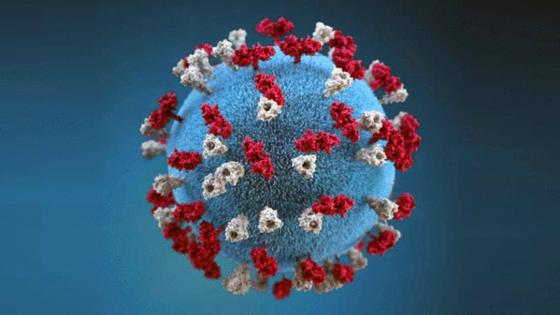Why are childhood vaccination rates so low in this California county?
Published in News & Features
SACRAMENTO, Calif. — Sutter County in Northern California has the lowest vaccination rates among transitional kindergarten and kindergarten students in the state, according to new data from the California Department of Public Health.
Only 73% Sutter County kindergarten students were up to date on their childhood vaccinations in the 2023-24 school year, versus a state average of 93.7%.
Data reporting by the Los Angeles Times shows that Sutter is one of 16 California counties where it seems young students no longer have herd immunity against measles, a highly contagious disease. Stats show that fewer than 76% of Sutter County kindergarten students received the measles, mumps and rubella (MMR) vaccine last year, nearly 20 percentage points down from the generally accepted figure of 95% for herd immunity.
As vaccination rates improved overall in surrounding counties in the past decade, they have plummeted in Sutter County. In the 2014-15 school year, around 90% of kindergartners were up-to-date on their vaccinations.
Sutter County officials pointed to one key factor in the lowered rates in the past decade: increased enrollment in alternative schools.
Dr. Phuong Luu, Bi-County Health Officer of Sutter and Yuba counties, said that Sutter County’s lower-recorded vaccination rates are concentrated in a number of charter schools and the county’s population of independent study students.
Around 7,000 of the county’s 23,000 students are enrolled in non-classroom-based charter schools or independent study programs, according to Sutter County Superintendent of Schools Tom Reusser.
Reusser estimated that 90% of students enrolled in Sutter County non-classroom-based charters are not Sutter County residents, and some live as far away as Southern California, Luu said. Independent study students do not typically interact with other students and are not subject to school vaccination requirements.
The population of nonresident charter students is so high in the county because of the financial incentive charter schools can provide small, rural districts. Public school districts receive oversight payments from the independent charter schools. A rural school district with only 75 students may have trouble offering complete educational programming, but the oversight fees paid by a 1000-student charter school can offer a significant budget boost.
Four major non-classroom-based charter schools are overseen by Sutter County districts with fewer than 170 students, according to Reusser.
The superintendent also noted that the data is less reliable among the independent student population because parents of students in independent study are not required to report their child’s vaccination status at all.
Among public school districts in Sutter County, kindergarten vaccination rates mirror that of the statewide average more closely at between 90-95% in most districts, Dr. Luu said.
“We will continue to work closely with our educational colleagues in Sutter County to educate parents/families regarding the importance of school-aged vaccination to protect all Sutter County students from vaccine-preventable diseases, and address mis-information/disinformation regarding vaccinations,” she said.
Measles vaccinations
Kindergarten vaccination rates statewide have zigzagged in the past 10 years. The state legislature passed a stricter vaccination law in 2015 following a Disneyland measles outbreak which infected 131 California residents and spread to six other states and two other countries.
Statewide childhood vaccination rates peaked when Senate Bill 277 went into effect in 2016-17, and fell sharply during the height of the COVID-19 pandemic. Since then, rates have slowly climbed upward, but have slipped since last school year.
At large, 96% of California’s kindergarteners are up to date on their MMR vaccines, but fewer are up-to-date on all childhood shots.
Northern California counties, like Sacramento, Placer and Yolo, have seen improvements in vaccination rates in the past 10 years, but still remain below the generally accepted herd immunity rate of 95%.
Herd immunity against measles requires about 95% of a population to receive the MMR vaccine, according to the World Health Organization. Reaching that threshold can prevent rampant infections in a community and protects those with health conditions that preclude them from being vaccinated.
Measles is a highly contagious viral disease that is associated with a high fever and rash. Eight confirmed cases of measles have been reported in California in 2025, at least one of which was in Placer County.
____
©2025 The Sacramento Bee. Visit at sacbee.com. Distributed by Tribune Content Agency, LLC.







Comments